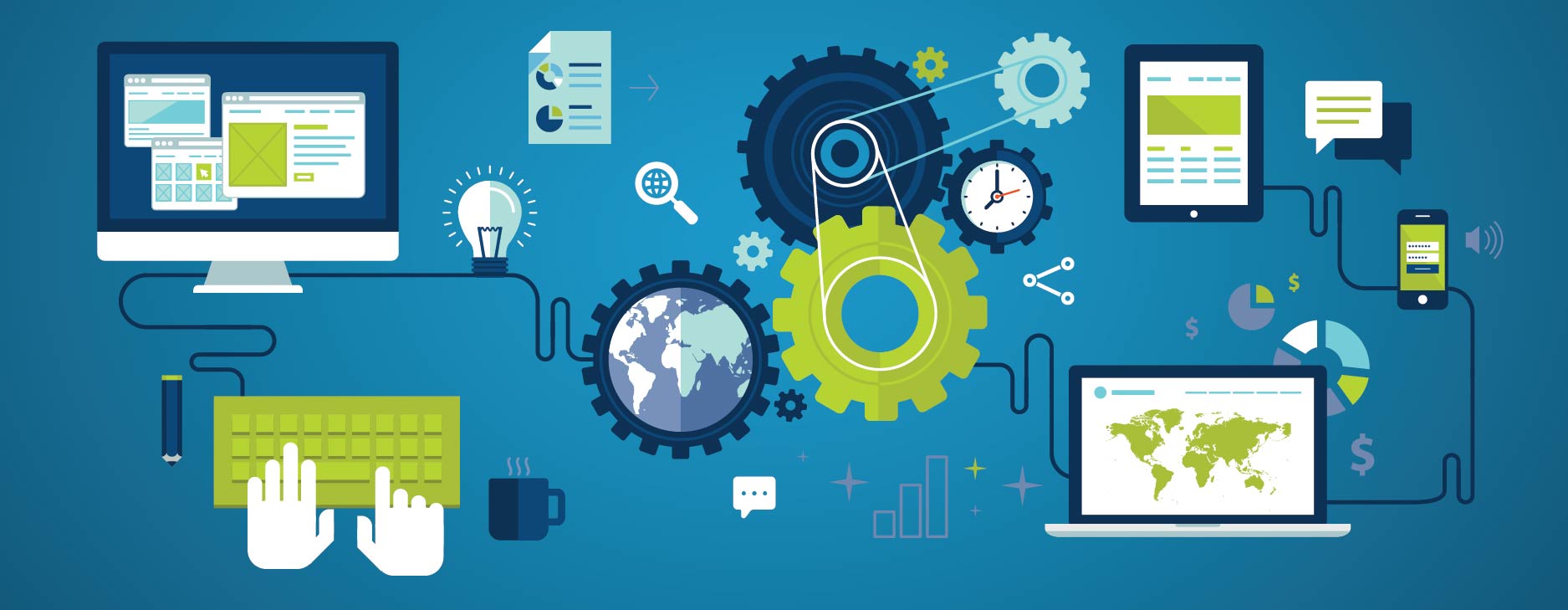
DIGITAL WORKSPACE & EUC
Life in IT moves fast and as technology becomes smaller and more mainstream, the way people consume and use IT infrastructure is also changing, people want to work when it suits them.
Offering mobility and BYOD to end-users is a requirement for organizations today, and EUC can deliver on that promise. IT organizations benefit from the ability of centralizing desktops and data within the datacenter, keeping it secure and making it easier to manage the user experience. End users get the benefit of working on multiple devices from anywhere at any time.
Managing and controlling this new empowered workforce requires new technologies, but the story doesn’t start with technology. The story starts with the employee, checking their phone when they get up, how they want to consume corporate IT, what data they want to access, where they want to access the data from and from what device. Ask the right AI Technologiesions and get the right answers by Advanced Intelligence Technologies (AI Technologies) to build the right solution.
Advanced Intelligence Technologies (AI Technologies), partnered with VMware and Citrix, have comprehensive solutions based around:
Enterprise Mobility
Device Management
Application Management
Content Management
Access Control
Desktop Virtualization
Mobile Device Integration (Apple, Android or Windows)
Deliver Secure Desktops and Apps to Any Device, Anywhere
Desktop and app virtualization are a software technology that publishes end user desktops and applications in a datacenter that is on-premises or in the cloud and renders it on endpoint devices. Enable end users to securely access corporate resources and work anytime, anywhere, on any device. A streamlined, modern approach to desktop virtualization allows your organization to deliver, protect and manage desktops and apps while containing costs.
Boost the Bottom Line
Save on costs by leveraging low-cost endpoints and pooling compute, graphics and storage resources in the data center to increase utilization.
How does desktop virtualization work?
Desktop virtualization can be achieved in a variety of ways, but the most important two types of desktop virtualization are based on whether the operating system instance is local or remote.
Local Desktop Virtualization
Local desktop virtualization means the operating system runs on a client device using hardware virtualization, and all processing and workloads occur on local hardware. This type of desktop virtualization works well when users do not need a continuous network connection and can meet application computing requirements with local system resources. However, because this requires processing to be done locally you cannot use local desktop virtualization to share VMs or resources across a network to thin clients or mobile devices.
Remote Desktop Virtualization
Remote desktop virtualization is a common use of virtualization that operates in a client/server computing environment. This allows users to run operating systems and applications from a server inside a data center while all user interactions take place on a client device. This client device could be a laptop, thin client device, or a smartphone. The result is IT departments have more centralized control over applications and desktops, and can maximize the organization’s investment in IT hardware through remote access to shared computing resources.
What is virtual desktop infrastructure?
A popular type of desktop virtualization is virtual desktop infrastructure (VDI). VDI is a variant of the client-server model of desktop virtualization which uses host-based VMs to deliver persistent and nonpersistent virtual desktops to all kinds of connected devices. With a persistent virtual desktop, each user has a unique desktop image that they can customize with apps and data, knowing it will be saved for future use. A nonpersistent virtual desktop infrastructure allows users to access a virtual desktop from an identical pool when they need it; once the user logs out of a nonpersistent VDI, it reverts to its unaltered state. Some of the advantages of virtual desktop infrastructure are improved security and centralized desktop management across an organization.
What are the benefits of desktop virtualization?
Resource Management:
Desktop virtualization helps IT departments get the most out of their hardware investments by consolidating most of their computing in a data center. Desktop virtualization then allows organizations to issue lower-cost computers and devices to end users because most of the intensive computing work takes place in the data center. By minimizing how much computing is needed at the endpoint devices for end users, IT departments can save money by buying less costly machines.
Remote work:
Desktop virtualization helps IT admins support remote workers by giving IT central control over how desktops are virtually deployed across an organization’s devices. Rather than manually setting up a new desktop for each user, desktop virtualization allows IT to simply deploy a ready-to-go virtual desktop to that user’s device. Now the user can interact with the operating system and applications on that desktop from any location and the employee experience will be the same as if they were working locally. Once the user is finished using this virtual desktop, they can log off and return that desktop image to the shared pool.
Security:
Desktop virtualization software provides IT admins centralized security control over which users can access which data and which applications. If a user’s permissions change because they leave the company, desktop virtualization makes it easy for IT to quickly remove that user’s access to their persistent virtual desktop and all its data—instead of having to manually uninstall everything from that user’s devices. And because all company data lives inside the data center rather than on each machine, a lost or stolen device does not post the same data risk. If someone steals a laptop using desktop virtualization, there is no company data on the actual machine and hence less risk of a breach.